In a remarkable feat of engineering, the solar-powered Zephyr drone has achieved record-breaking flights in the stratosphere, reaching altitudes of up to 75,000 feet and staying Aloft for an impressive 64 days, reports the BBC. This strange beast of an aircraft, weighing a mere 75 kg and launched by hand, is set to revolutionize the way we think about high-altitude, long-endurance flight.
How Zephyr Works
The Zephyr operates on a unique day-night cycle:
- During the day, the sun charges the batteries and powers the propellers, allowing the plane to climb to 75,000 feet.
- At night, the batteries take over, and while the propellers slow down and the plane loses some altitude, it remains above 60,000 feet until sunrise.
The solar array on the Zephyr is so efficient that it can recharge the batteries by lunchtime on most normal days, without requiring complete coverage of the wing surface.

Potential Applications
While the Zephyr has been a solution looking for a problem for nearly 20 years, it is now being pitched for various applications:
- Earth observation
- Mobile phone base stations in the stratosphere
- Disaster relief communications
The Zephyr can function like a cell tower, covering an area equivalent to 200 base stations on the ground. It replaces not only the equipment on the tower but also the entire infrastructure, including the steel, backhaul, fiber, microwave, and power.

Challenges and Competition
Getting the Zephyr to the stratosphere is no easy feat, as it must navigate through various weather conditions during its 10-hour ascent. However, once it reaches the calm, clear air above 60,000 feet, it can stay aloft for months.
The Zephyr faces competition from other high-altitude platform stations (HAPS) being developed by several companies, as well as from satellites. However, the Zephyr offers unique advantages, such as the ability to provide persistent earth observation and high-speed, 5G-like connectivity to mobile devices on the ground.

The Future of Zephyr
With its parent company announcing Kenya as the location of its first planned permanent launch site, the Zephyr is poised to make a significant impact in the world of high-altitude, long-endurance flight. As the technology continues to improve, we may see the Zephyr and other HAPS playing an increasingly important role in our connected world.
“Whatever the final use for these so-called high altitude platform stations haps, there does seem to be both the appetite and now the technology to fly high and stay high.”
DroneXL’s Take
The Zephyr represents a significant milestone in the development of high-altitude, long-endurance drones. Its ability to stay aloft for months at a time, powered solely by the sun, opens up a world of possibilities for applications ranging from earth observation to mobile connectivity.
As the demand for reliable, high-speed connectivity continues to grow, particularly in remote and underserved areas, the Zephyr and other HAPS could play a crucial role in bridging the digital divide. By providing a cost-effective alternative to traditional infrastructure, these drones have the potential to bring the benefits of the connected world to millions of people.

Moreover, the Zephyr’s earth observation capabilities could prove invaluable in a variety of contexts, from monitoring climate change and natural disasters to supporting precision agriculture and infrastructure management.
As the technology behind the Zephyr continues to evolve, we can expect to see even more impressive feats of high-altitude, long-endurance flight in the years to come. The future of drones in the stratosphere looks bright, and the Zephyr is leading the way.
Photos courtesy of the BBC / Airbus Zephyr.
Discover more from DroneXL
Subscribe to get the latest posts to your email.



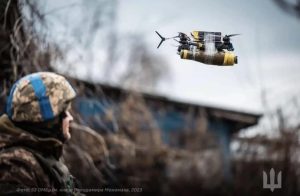


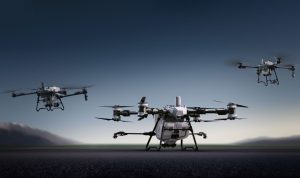

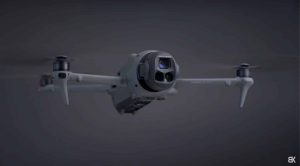






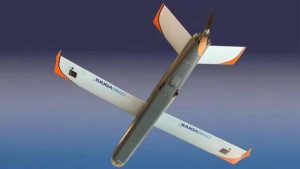
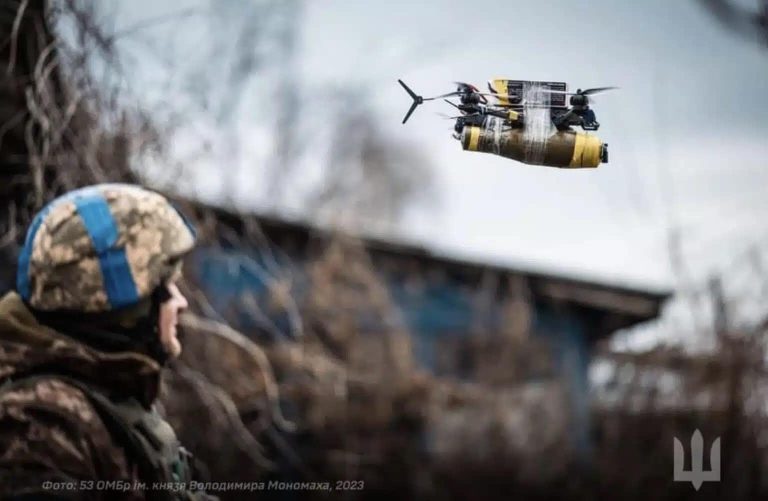



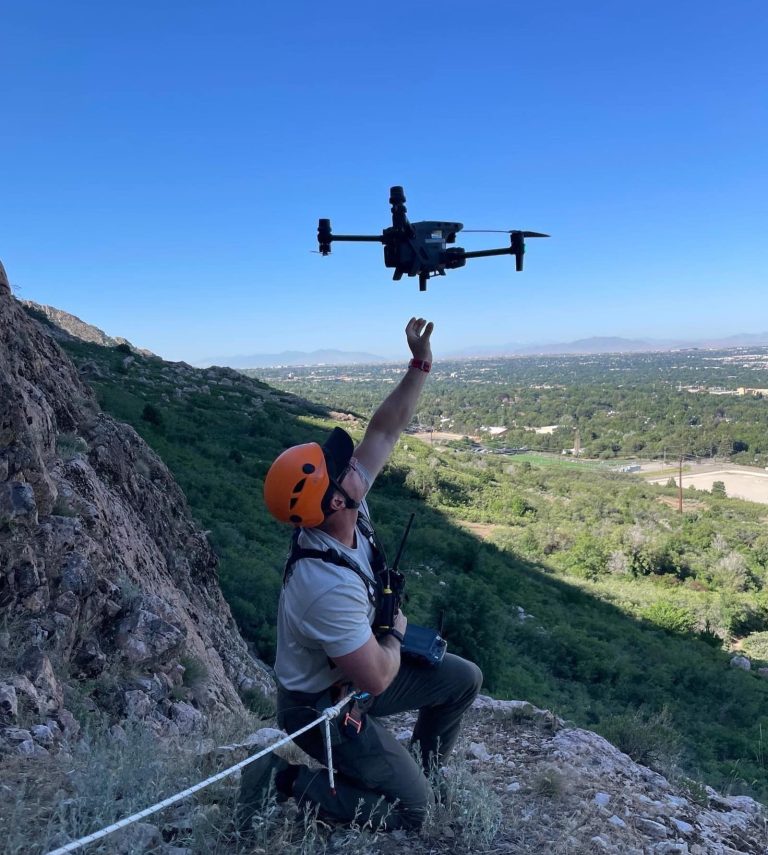
+ There are no comments
Add yours